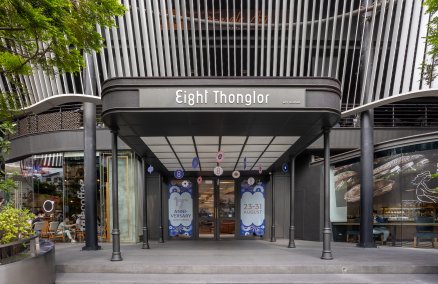How did Bangkok Swing come about?
I started swing dancing during my freshman year in Philadelphia. I saw a guy throwing a girl up in the air and I just really wanted to do it too. I have always been into sports and music, and Lindy Hop is a perfect blend of the two. When I came back to Bangkok, there wasn’t a swing dancing community yet, so I decided to start one.
How would you describe the Bangkok Swing community?
It’s a combination of expats and Thais. For the Thais that come, some think of it as just a hobby, while others want to take it more seriously. But this takes time. Some people think “Oh, it’s my passion!” really quickly, but easy come easy go. Some who have been dancing for a year or two start traveling abroad and then they realize the world of swing is so big. After that they might contribute more to the community by becoming a DJ or a teacher.
What’s the most unexpected thing you’ve come across since starting Bangkok Swing?
The talent of people was a big surprise. Also, how quickly people absorb what swing dancing is. It can be hard introducing a new artform in Thailand, but I think our community is very clear on what we do: the type of music, people, fashion. It’s caught on so fast. Last year we only had enough people to fill the rooftop of Cho Why. This year we couldn’t fit everyone into three floors.
What’s next?
Dancing used to be massive in Thailand. People went ballroom dancing at Amphorn and Lumpini parks all the time. My next goal is to recreate this vintage culture of social dancing. It’s not like solo dancing you can do in the club. This is social dancing, which you do in pairs. There’s tension between preserving what’s already great and growing it into something bigger. In other countries they have several communities for swing dancing, but we are special because we are all together.















